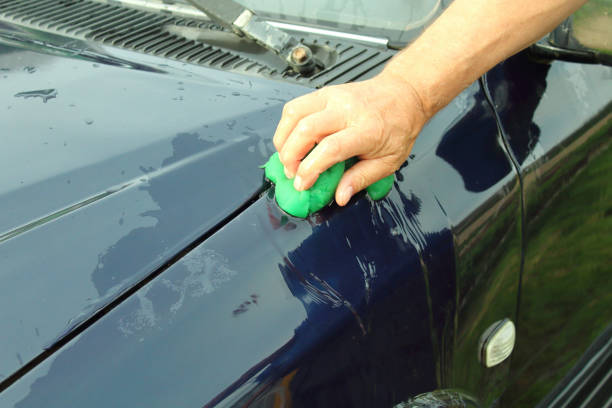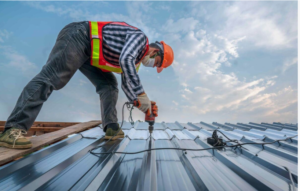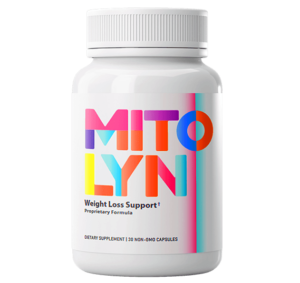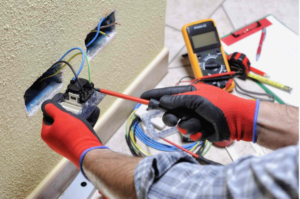
Even the most careful hand‑wash leaves behind bonded contaminants—rail dust, brake particles, tree sap—that dig into clear‑coat. Over time they dull shine, cause roughness, and block wax from bonding.
Enter the Clay Bar
A detailing clay bar in Raleigh NC is an elastic block of engineered resin. Lubricated and glided across paint, it shears off embedded debris without thinning clear‑coat, restoring a velvety surface in minutes.
How Clay Works on a Microscopic Level
Paint appears flat to the eye, yet under magnification it’s a landscape of peaks and valleys. Contaminants lodge in those valleys. Clay’s tacky surface grabs them, trapping grime in the bar while leaving paint intact.
Signs Your Car Needs Clay Bar Treatment
- Paint feels like sandpaper after washing
- Tiny orange “rail‑dust” spots on light colors
- Water fails to sheet evenly after rinsing
- Wax or ceramic coating durability drops early
DIY vs. Professional Clay Bar Service
DIY: Affordable kits include medium‑grade clay and lubricant. Great for enthusiasts who have shade, time, and patience.
Pro Service: Detailers use multiple grades—fine, medium, heavy—paired with paint‑depth gauges and forced‑air drying to eliminate marring, then polish and seal the finish the same day.
Step‑by‑Step Clay Bar Procedure
- Wash & Decontaminate – Use pH‑neutral soap, then an iron‑remover rinse.
- Section the Paint – Work small 2 × 2 ft areas to keep lubricant wet.
- Glide, Don’t Grind – Light fingertip pressure is plenty; the clay should glide, not stick.
- Inspect & Fold – When the clay face turns gray, fold to expose clean clay.
- Rinse & Dry – Flush away loosened grit, then towel‑dry with a microfiber weave.
- Polish & Protect – Follow with a mild finishing polish and a high‑quality wax, sealant, or ceramic coating.
Common Mistakes to Avoid
- Claying dry paint—always saturate with lubricant.
- Dropping clay on the floor and re‑using it (it’ll scratch).
- Skipping protection afterward; bare paint oxidizes quickly.
- Using heavy clay on soft clear‑coats—start mild.
Maintenance After Clay Bar Treatment
Wash with the two‑bucket method, top‑up protection every three months, and spot‑clay only affected panels between full details. A properly clayed and sealed finish can stay contaminant‑free for up to a year.
Environmental Benefits of Claying
Removing bonded pollutants prevents acidic particles from washing into storm drains, and prolonging paint life reduces the need for resprays—cutting down on solvent emissions.
Frequently Asked Questions
Q1: How often should I perform a clay bar treatment?
Most daily drivers benefit from claying every 6–12 months, but vehicles parked near rail lines or industrial zones may need it quarterly.
Q2: Can I clay a ceramic‑coated car?
Yes—use an ultra‑fine clay mitt with ample ceramic‑safe lubricant to avoid diminishing the coating.
Q3: Will clay bar treatment remove scratches?
No. Clay only extracts surface contaminants. Micro‑marring and scratches require polishing.
Q4: Is there an alternative to traditional clay?
Synthetic clay mitts and towels offer similar results, last longer, and are easier to clean, though they may not pick up the finest particles that true clay can.
Q5: What should I apply after claying?
At minimum, a high‑quality polymer sealant; for ultimate longevity, follow with a ceramic coating or graphene spray.
Summary
Smooth paint isn’t a luxury—it’s a protective measure. Incorporating a routine clay bar treatment into your detailing regimen keeps contaminants at bay, maximizes gloss, and sets the stage for any wax, sealant, or coating to perform at its best.






